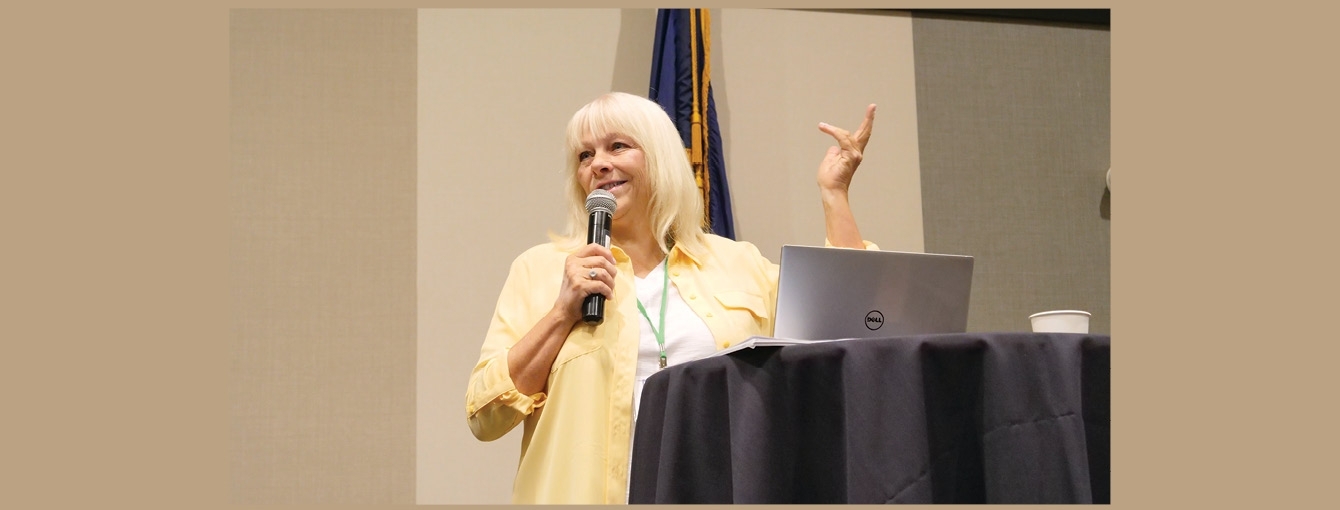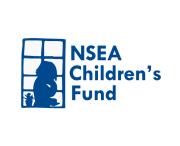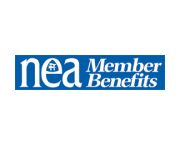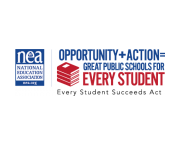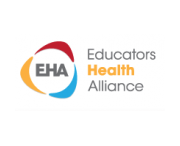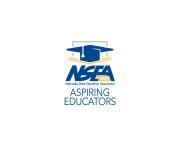Learning the Language of Poverty
An Educator's Role in Breaking Poverty Barriers for Students
Donna Beegle learned to speak a new language as a 28-year-old single mother living on welfare. At the time, she was studying under Dr. Bob Fulford, a 30-year communication professor and founder of the journalism and communication department at University of Portland. He studied and did research on language and social class.
“When he met me, I said ‘ain't’ in almost every other sentence and did not know when to say ‘gone’ or ‘went,’ ‘seen’ or ‘saw.’ Dr. Fulford said to me, ‘Can I help you learn a second language? And I said, ‘Huh?’”
The “language” that Dr. Fulford was referring to was middle-class sentence structure. Donna didn’t know she wasn’t speaking the same language as her peers.
“I did know that people had trouble hearing me because of the way I talked,” she said. “They would talk around me and over me and about me. Dr. Fulford understood that it didn’t have anything to do with my intellect, but everything to do with how the people around me talked. So, he helped me to learn a second language,” Donna said. “I'm now bilingual and speak fluent middle-class English.”
The Language of Poverty
Donna grew up not knowing the words her teachers used. Her teachers would tell her to “look it up in the dictionary” but Donna only found that the definitions contained five more words she didn’t know. Most of Donna’s family members could not read or write, and they survived in temporary seasonal jobs. In Donna’s world, no one succeeded in education, and she didn't believe that education was for people like her. She dropped out of high school her freshman year.
“I grew up believing that people didn't care. But when I got to the university it quickly became clear that people do care about poverty, they just didn't have a clue what life is like living in poverty,” she said. “They could no more describe what my life was like in generational migrant-labor poverty than I could describe middle-class norms.”
Communication Barriers
Research has shown that students and families who live in the crisis of poverty communicate and relate differently than their middle-class peers and educators.
“I think you see so many educators trying to motivate students in poverty, without really knowing what motivates them. For instance, when I told my teacher at 15 that I was quitting school, she said, 'You need to stay in school to get a job.' Well, a job to a teacher means something very different than a job to a migrant-labor worker or a minimum-wage worker. I saw people work hard my whole life and they still got evicted. They went hungry. The only thing a job did was take us away from our family. I looked at my teacher and said, ‘I don't want a job.’ Then my teacher responded from her middle-class experience and said
‘You're lazy. You're not motivated. And you won’t get anywhere in life with that attitude.’ If the teacher had known and understood poverty competencies, she might have broken through the communication barriers. If she had known that my life’s dream was to be a good mom, she might have said, ‘What if one day you have a child, and that child comes home with schoolwork and needs your help? If you stay in school, you're going to be able to help your child.’ That's a completely different motivator than 'stay in school to get a job' when you don't have a frame of reference for a job.”
What is Poverty?
The term ‘poverty’ itself can pose a significant obstacle when attempting to tackle both the symptoms and underlying causes of poverty. If you have ten people in a room and ask them what poverty is, you will come away with ten different definitions.
“There are many policies and programs that are created in ignorance because we use the term ‘poverty’ so broadly. There are many kinds of poverty; generational poverty is completely different than situational poverty, which is different than working-class poverty, which is different than immigrant poverty, which is different than mixed-class poverty,” Donna explained.
“One example of this barrier is from my own experience during my doctoral research. I put out a call for research candidates who had lived in generational poverty and were able to get a bachelor’s degree. A student in my department said, ‘I'll do your study. I grew up poor.’ I said, ‘Okay, tell me how your family got by?’ He explained, ‘My father was a physician. He died when I was 12 years old. I had to go live with my grandparents. I had the right mindset, was motivated, and had a good work ethic. I worked at my grandparents’ store and pulled myself up by my bootstraps. I became a doctor just like my dad.’
I'm listening to him—through the experience of generational poverty—thinking, ‘You knew someone who owned a store and you were related to them? That’s not poverty.’ He had experienced situational poverty—which is the kind of poverty where you grow up with money and a crisis happens (a divorce, a medical emergency, etc.) and you are thrust into poverty. Before the crisis, you grew up around people who had all their teeth, access to healthcare, middle-class language, etc. But from his point of view, he was taken from his regular life and thrust into something much more akin to poverty. Both situational and generational poverty are hard. But those from situational poverty have a different set of skills and networks to help them move out and stay out of poverty.”
Donna believes that most information on poverty comes from the media, which predominately provides stories that perpetuate myths and stereotypes.
“Some educators have attended a poverty workshop or may have read a book about poverty. But many of these perspectives are typically from someone who has never lived in poverty or deeply studied its impacts on education,” she said.
“Through my work, I help educators, policy makers, and other sectors get a language to actually have a conversation about poverty.”
NSEA's Poverty Immersion Conference
NSEA members will have an opportunity to learn the language of poverty from Dr. Donna Beegle herself on Feb. 24 during a Poverty Immersion Conference in Lincoln. Dr. Beegle will engage participants to challenge the communication and language barriers that get in the way of student success. Conference registration can be found at www.nsea.org/Spring2024
NSEA’s Poverty Immersion Conference comes on the heels of a truly bleak time for families in poverty in Nebraska. In late December, Gov. Pillen opted Nebraska out of a new national child nutrition program that would have delivered an estimated $18 million in grocery-buying benefits next summer to kids and their families. Recent data from the U.S. Census reveals that in 2022, the national child poverty rate doubled, and the median family income decreased. This coincided with the expiration of various government benefits, including the expansion of the Earned Income Tax Credit, that were implemented during the pandemic.
Surveys conducted by NSEA show that finding ways to help students living in poverty is a top concern for many educators. During her information-packed course, Donna will engage members in interactive activities to raise consciousness and explore how assumptions and judgments may prevent us from breaking barriers.
NSEA Children’s Fund
The increased need for resources to help families in crisis of poverty is felt statewide. Nonprofit programs meant to help students, like the NSEA Children’s Fund, have helped shoulder the blow.
“We have had a 42% increase in requests so far this year as compared to last year at this same point,” said NSEA staff member Karen Hunt, who oversees distribution of the fund. “The top three requests from members have been for clothing and coats, eye exams and help with utility payments.”
NSEA created the Children’s Fund in 1994, and since then donations to the Fund have provided hundreds of thousands of dollars to help children in need. Contributions to the Children’s Fund are tax-deductible, and every penny goes to help children. NSEA covers the administrative costs out of its own budget. Local associations are encouraged to host fundraisers and challenge other associations to contribute to the fund. For more information, to make a donation or to request help for a child in need, call 1-800-742-0047 or go to nsea.org/childrensfund.
L.E.A.R.N — Providing valuable learning opportunities for educators: LearnNebraska.org Visit Website

